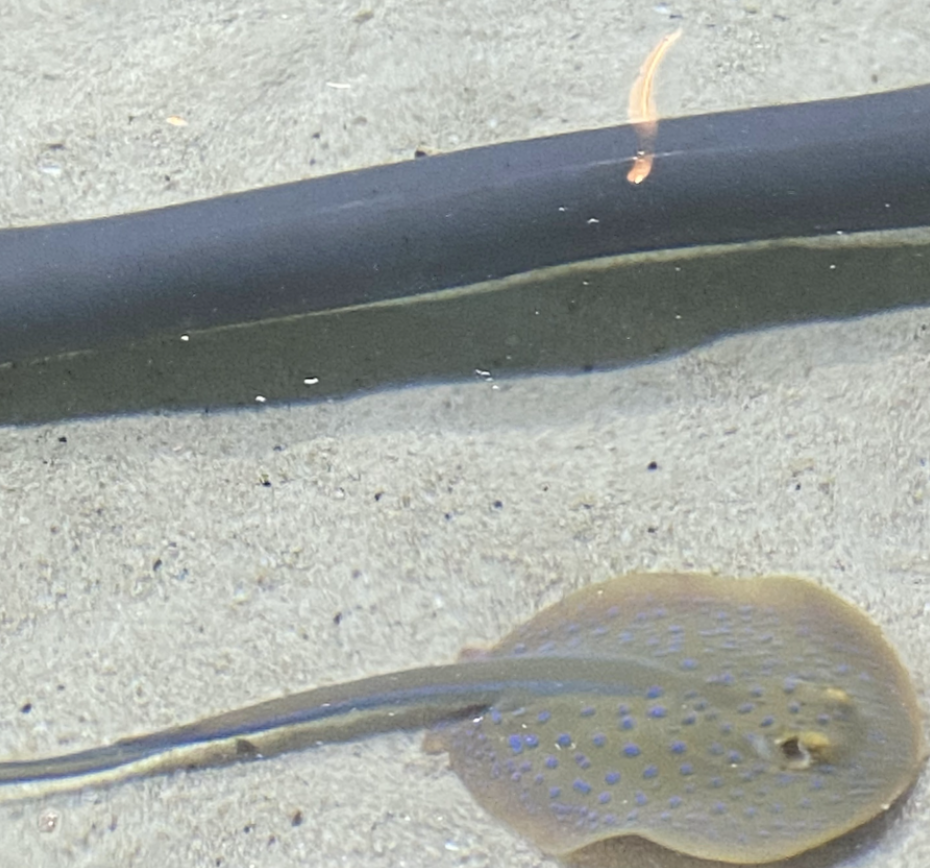Bring your “good luck on motherhood” cards to Charlotte, the pregnant Round stingray in a Hendersonville North Carolina aquarium, who lives in a tank without a male ray. Predicted to be about 12 to 16 years old, scientists think that Charlotte impregnated herself through a process known as parthenogenesis.
Parthenogenesis, or virgin birth, occurs when an unfertilized egg develops into an embryo. The cell division, called meiosis, creates sex cells known as gametes. Meiosis creates an egg and three cells called polar bodies. Each polar body and the egg contain half of the genes needed to concoct a new organism. “In parthenogenesis, a polar body fuses with the unfertilized egg, triggering it to form an embryo.”
Depending on how the cell develops, the egg will not be genetically identical to the mother and will most likely be a female. The egg and the polar body contain only portions of the mother’s genome, so therefore the babies end up less genetically diverse than their mother.
The egg can either develop as a half clone or a full clone of the mother. According to Scientific American, “Half clones are produced when embryonic cells split in half before multiplying. Full clones are created when an embryo multiples whole cells.”
Half clones produce less genetic diversity than full clones and only inherit half of their mother’s genetic diversity. Parthenogenesis often occurs when an animal is in an enclosed space, such as Charlotte’s luxury “New York apartment” in North Carolina. Many cases of parthenogenesis have occurred in geckos, snakes and lizards, animals that live in dry and harsh climates with high altitudes.
Asexual reproduction can happen over sexual reproduction—parthenogenesis can occur when there is a male present. According to Scientific American, “last year a female zebra shark hatched several young with DNA that did not match any of the males in the Chicago aquarium where she lived, baffling researchers.” It’s hard for a girl to get a good date.
Charlotte has a noticeable baby bump, and is the first of her kind to undergo parthenogenesis. She is supposed to give birth very soon or possibly undergo an emergency sea-section.

